
Waterlogging, Soil Salinity, Field Irrigation, Plant Growth, Subsurface Drainage, Groundwater Modelling, Surface Runoff, Land Reclamation, and other Crop Production and Water Management aspects.
| R.J.Oosterbaan |
|

|
Waterlogging, Soil Salinity, Field Irrigation, Plant Growth, Subsurface Drainage, Groundwater Modelling, Surface Runoff, Land Reclamation, and other Crop Production and Water Management aspects.
|
|
Software & models General articles & manuals Artículos (in Spanish, en Español) Published reports & cases Particular reports & cases Frequently asked questions Update record |
|
|
What is offered? |
|
Pages with software, articles and FAQ's arranged by subject : drainage subjects drainage ground water & aquifers irrigation subjects environment tidal/spate irrigation soil subjects salinity, alkalinity & sulfate acidity statistical subjects cumulative frequency & segmented regression |
|
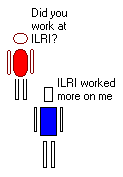
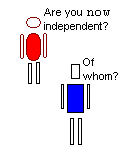
|
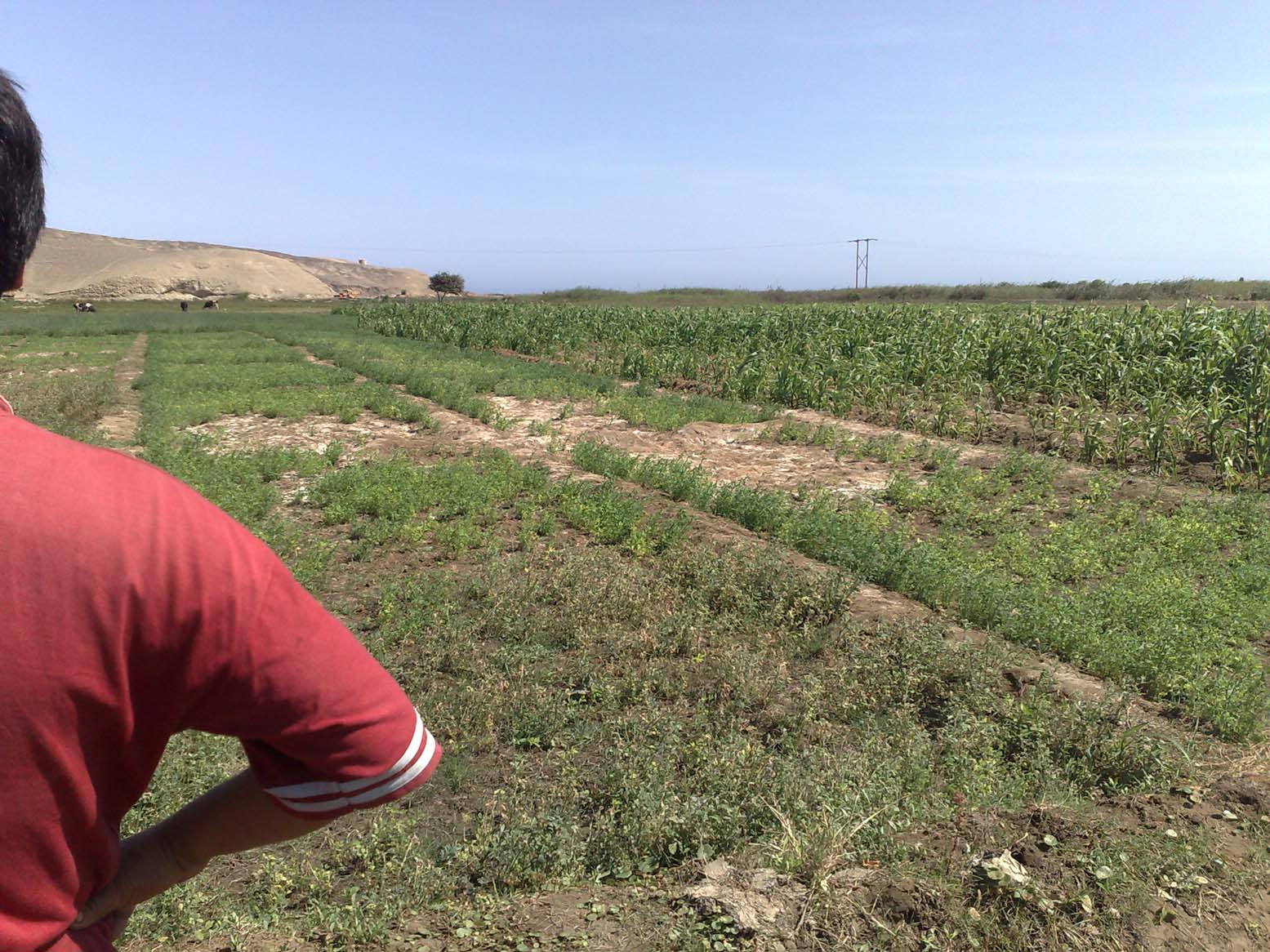 |
Looking over the shoulder of a farmer
to his waterlogged and saline land with shallow
watertable. The salt tolerance of the crop is insufficient to produce a good yield. The irrigated land needs drainage to prevent waterlogging (shallow watertables) and to reduce the soil salinity. See also this salinity article or this drainage article |
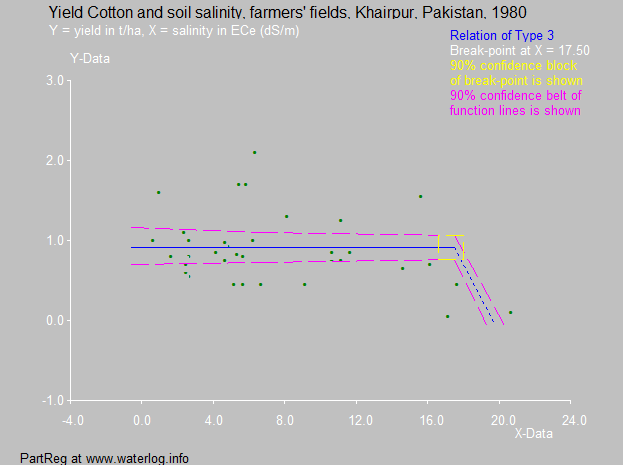
|
When dealing with waterlogged and saline soil
it is important to grow salt tolerant crops that
resist high levels of salinity. The figure shows the crop response to soil salinity of cotton grown in farmers' fields in Pakistan. It appears that cotton can withstand salinities up to ECe = 17 dS/m, which is quite high. The number of data beyond that point is limited so that it is difficult to conclude what happens there. When the land is properly drained, the soil will not salinize any further. See also this tolerance article |
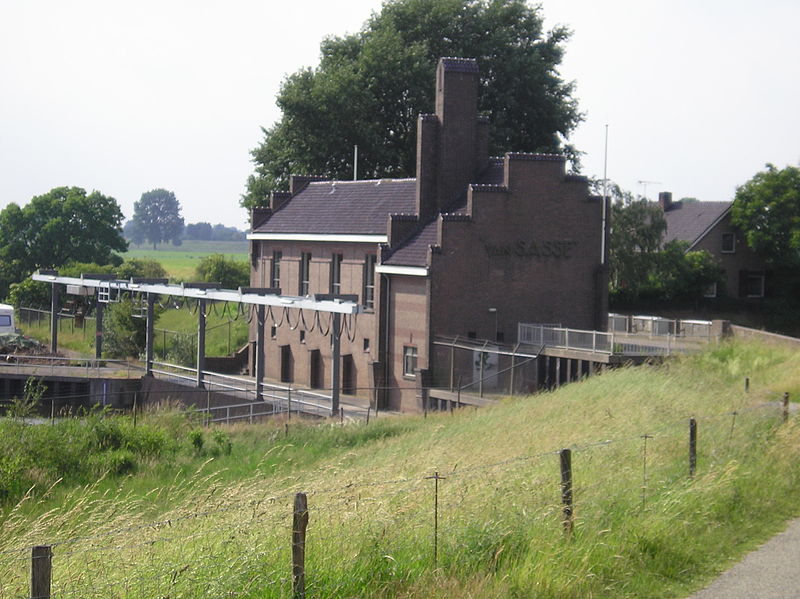 |
When dealing with drainage systems for salinity
control in low land and maintaining the water
and salt balance in the soil, one may need a
pumping station to evacuate the water, as seen
in this picture Care should be taken that drainage is not done excessively causing salinization elsewhere, see this artice on cautious drainage Drain spacing equations can help to avoid damage, see this paper on the energy balance of groundwater flow to drains. |